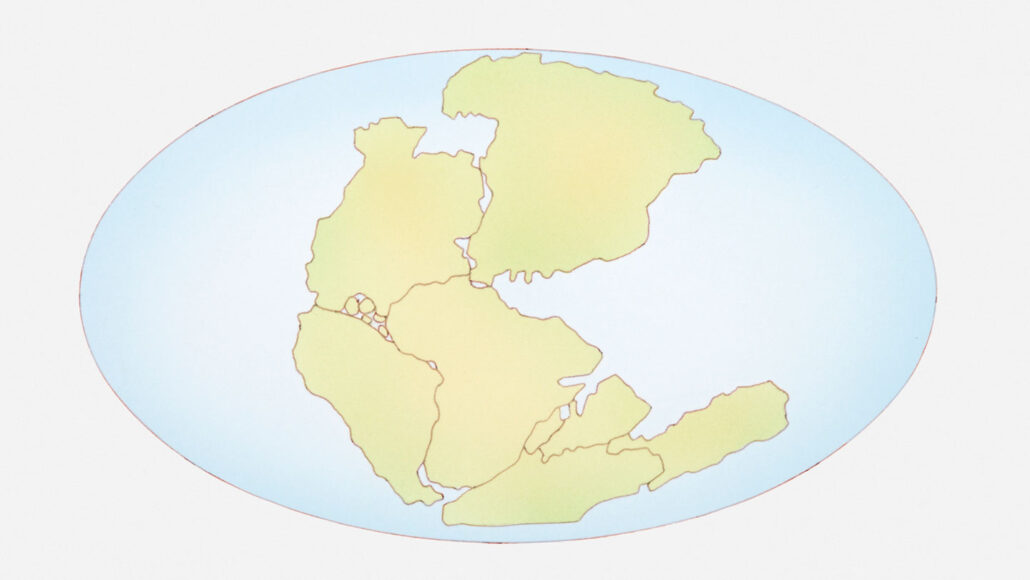
Earth
Scientists Say: Supercontinent
These gigantic landmasses form when much of Earth’s landmass smashes together.
Come explore with us!

These gigantic landmasses form when much of Earth’s landmass smashes together.
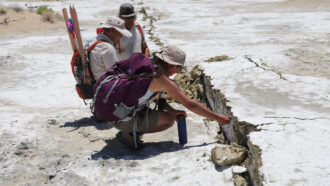
Seismology is the branch of science focused on seismic waves — vibrations that run through or around Earth.
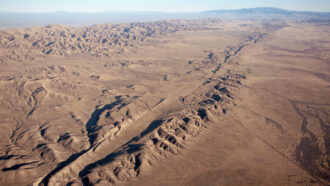
A fault is a crack in Earth’s crust where pieces of rock scrape past each other.
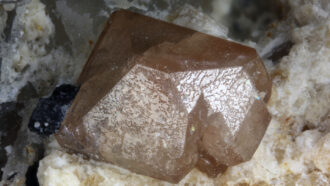
Chemical hints observed in zircons suggest when the important process of plate tectonics first took off.
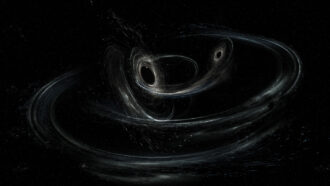
Two black holes merged into one, and then sped off at around 5 million kilometers (3.1 million miles) per hour.
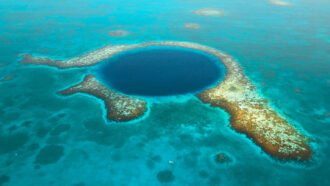
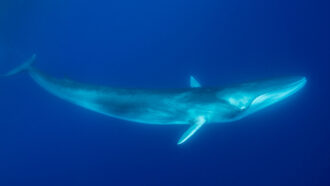
Fin-whale calls are loud enough to penetrate into Earth’s crust, offering scientists a new way to study the properties of the ocean floor.
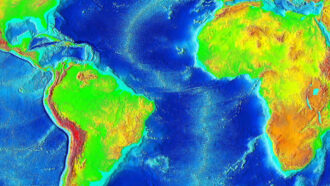
Molten rock rising from the deep mantle at the Mid-Atlantic Ridge may drive plate tectonics there more than had been expected.
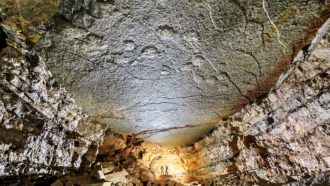
Spelunkers aren’t the only people to find caves interesting. So do paleontologists. Though getting to work may be harrowing, they find it’s worth it.
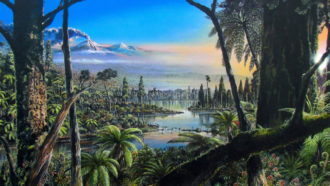
A forest flourished within 1,000 kilometers of the South Pole. That was a while ago, as in millions of years ago.